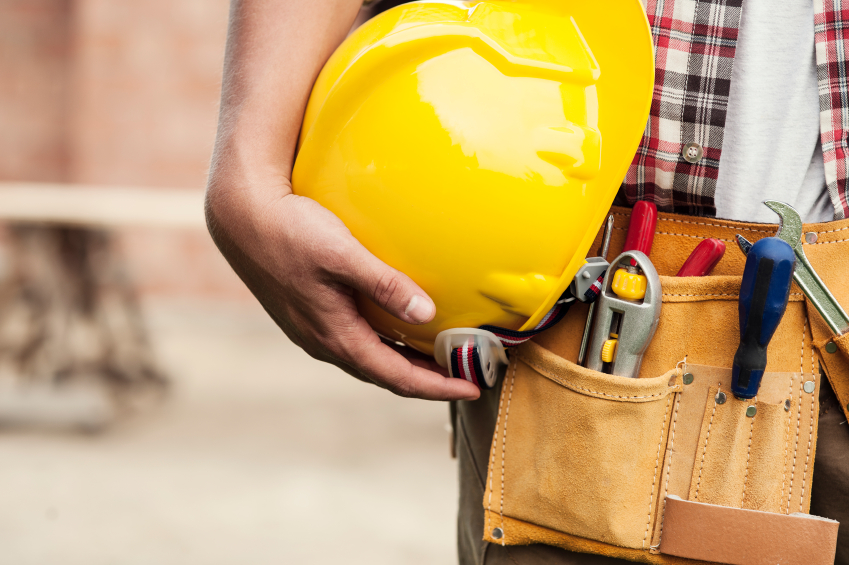According to JLL’s Construction Outlook, construction spending in 2016 rose 4.5 times higher than 2015 levels. Considering this sharp increase, many construction companies are looking for innovative strategies to reduce spending in 2017. While there are many options to consider, one that is gaining popularity is the use of prefabrication.
While prefabrication has been used for generations and is certainly not a newfound solution, modern manufacturing technology – primarily the emergence of building information modeling (BIM) – has drastically improved the technique’s efficiency. BIM-driven prefabrication allows significant segments of a structure to be precisely assembled at a manufacturing site and later transported to the building site, resulting in numerous financial and safety benefits.
Financial Benefits
One of the primary factors contributing to the increase in construction spending is the industry-wide lack of skilled labor. After the 2008 recession, countless skilled workers and frontline leaders left the industry, and as a result, many construction companies are still struggling to find highly qualified employees. According to the National Association of Homebuilders, 200,000 construction jobs were unfilled in 2016 alone. Therefore, construction companies are forced to offer competitive salaries in order to retain top talent, and ultimately ensure projects meet projected deadlines and are completed on time.
This creates a large expenditure for projects as 100 percent on-site construction is not only labor-intensive, but also time consuming – meaning more workers are needed for longer periods. Because BIM-driven prefabrication assembles substantial portions of the project at the manufacturing site, both the number of employees and labor time can be significantly decreased, ultimately reducing total spending. According to a SmartMarket report by McGraw Hill Construction, 35 percent of respondents noted that prefabrication reduced their project schedule by four weeks or more.
In addition to skilled worker salaries, another main expenditure for construction companies is the cost of building materials. According to the Bureau of Labor Statistics, over the past year, there has been a 4.8 percent increase in material prices. Due to the amount of capital spent, construction executives naturally want to ensure that materials are high-quality. This is a key benefit of prefabrication. Because materials are constructed in a climate-controlled, ergonomic environment at waist level by skilled workers, it is easier to guarantee quality, durability and uniformity.
Safety Benefits
The safety of onsite workers is the number one concern of construction companies. And with good reason – the Bureau of Labor Statistics reports almost 20 percent of fatally-injured workers in 2015 were employed in the private construction industry. Promisingly, prefabrication and BIM help address this problem.
Exposed sites are naturally more dangerous due to weather-related issues like wind or rain affecting ground conditions, which can be avoided in a climate-controlled factory. Additionally, the highest rate of injury is often a result of falls from elevated surfaces like ladders or scaffolding. In factories, workers have the ability to work on the structure at waist-level, reducing the risk of injuries or accidents. Keeping these safety considerations in mind, construction companies can reduce overall liability which will in turn lower insurance premiums.
As construction spending continues to increase across the U.S., companies must work to find innovative solutions to cut costs, without sacrificing quality outcomes or worker safety. Many construction companies refrain from using BIM-enhanced prefabrication simply because the architect did not design it into the project. However, construction executives can work with their insurance broker throughout the lifespan of their project to help identify effective solutions – such as utilizing prefabrication – that will help to improve their bottom line, while simultaneously mitigate risks and increase worker safety.

Philadelphia, PA, 19102







EB.jpg)